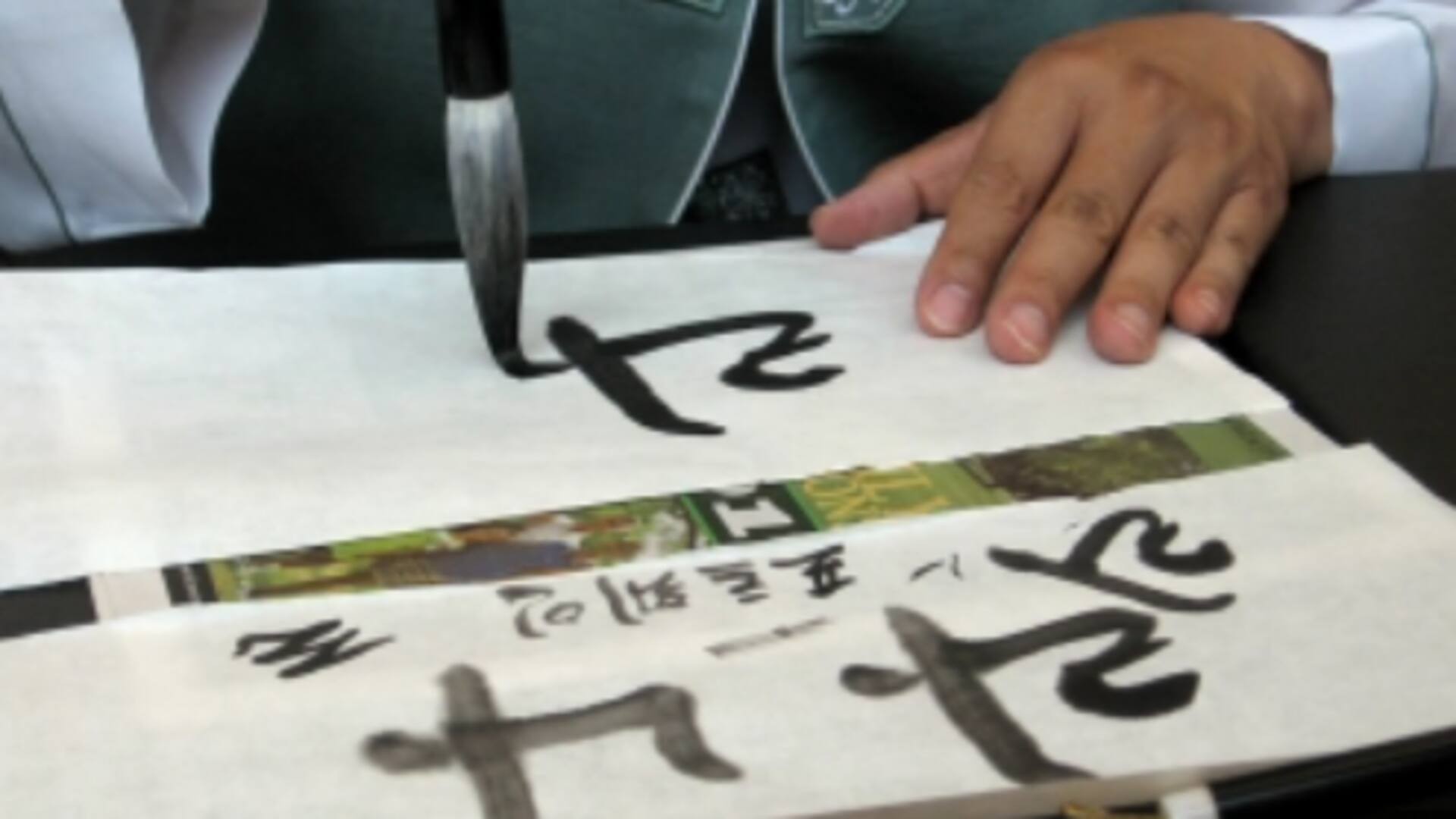
5 surprising facts about Korean calligraphy
What's the story
Korean calligraphy, or seoye, is a centuries-old traditional art form. It consists of the artistic writing of the Korean alphabet, Hangul, and Chinese characters. More than just beautiful handwriting, this ancient practice reflects cultural values and historical significance. Here are five surprising facts about authentic Korean calligraphy traditions, bringing out how unique it is and how it continues to thrive.
#1
The role of bamboo brushes
In Korean calligraphy, bamboo brushes are essential tools. These brushes are made from natural materials, such as bamboo for the handle and animal hair for the bristles. The flexibility of these brushes enables artists to create varying line thicknesses with ease. This versatility is crucial in expressing different emotions and styles within a single piece of work.
#2
Importance of ink stones
Serving as both a tool and an art piece, ink stones are essential to Korean calligraphy. Artists grind ink sticks on these stones with water to create ink for their work. The quality of the ink stone can make all the difference in the texture and depth of the ink, which ultimately impacts the final appearance of the calligraphic piece.
#3
Hangul's unique structure
Korea's native script, hangul, was invented in 1443 by King Sejong. He wanted to boost literacy among commoners. It is designed with simple geometric shapes like circles, lines, and squares for phonetic representation. This simplicity provides easy access but also allows complex artistic expression in calligraphy, making it a versatile tool for cultural and artistic endeavors.
#4
Cultural significance beyond artistry
Going beyond aesthetic value, Korean calligraphy is culturally relevant. It expresses philosophical concepts like harmony between man and nature, or balance between mind and body through rhythmical flow of brush strokes on paper surfaces—an embodiment that is not just seen but felt while looking at completed works closely.
Tip 5
Calligraphy's meditative aspect
Practicing Korean calligraphy has meditative benefits similar to those of mindfulness exercises today. This is mostly because every stroke requires you to concentrate while keeping your breathing patterns steady throughout the sessions. An experience that provides you with relaxation and creative expression opportunities simultaneously, without requiring any prior experience beforehand!